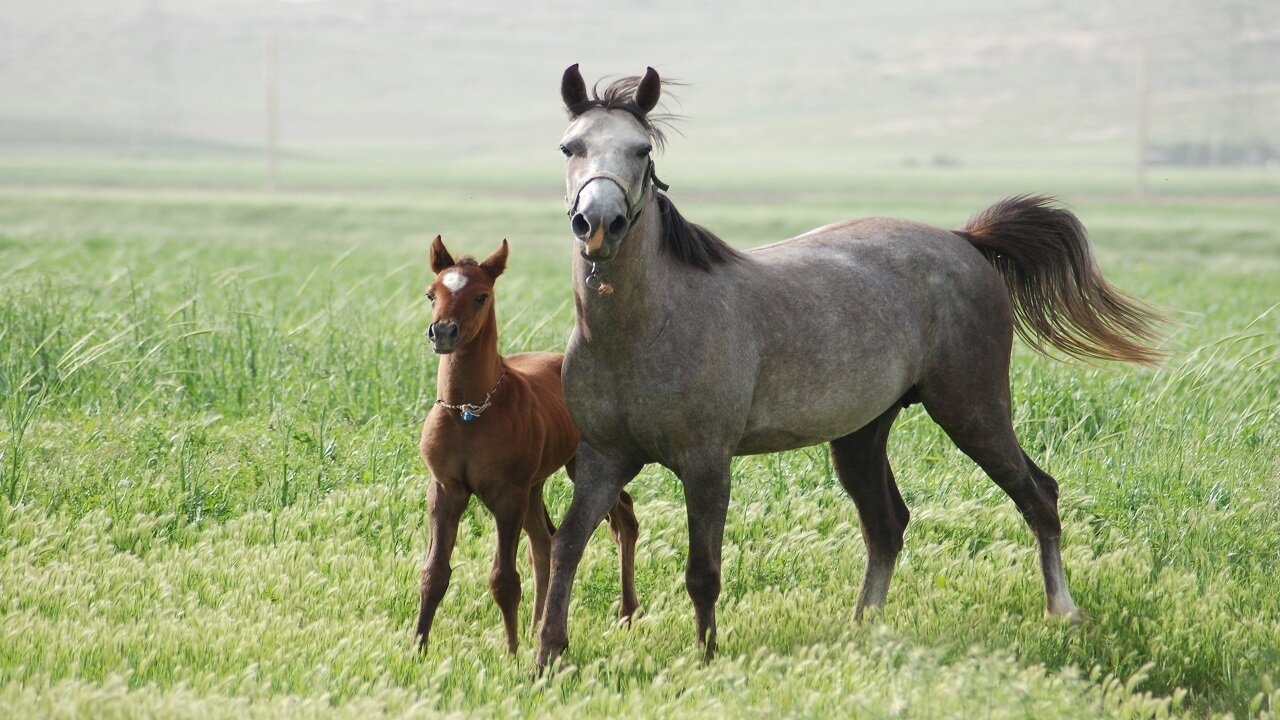Iran, Iraq seek shared UNESCO status for Kurd horse

TEHRAN – Iran and Iraq are pursuing a possible UNESCO label for the genuine Kurd horse, long been bred in Kurdish regions of the two neighbors.
“During my recent visit to Iraq’s Kurdistan Region, I discussed the latest developments in a dossier dedicated to Kurd horse,” Kordestan province’s tourism chief said.
“I had a meeting with the head of the Kurdish horse organization in the Kurdistan Region of Iraq to follow up on the completion of the global registration file for the Kurdish horse,” Daryiush Farmani said.
“It was decided that the Iraqi side should conduct the necessary consultations with the central government of Iraq to complete the file.”
As part of the process to include Kurd horses on the intangible world heritage list, a shared dossier is being prepared under the title of knowledge and skill for breeding and keeping Kurd horses.
Earlier this year, Kurd horse (aka Persian-Kurdish horse) gained a place on Iran’s National Intangible Cultural Heritage list.?
That breed constitutes a group of horses traditionally bred and used by Kurdish people who have lived and occupied today’s western provinces of Iran for several millennia.
The breed is native to western Iran and some of the easternmost parts of the Iraqi Kurdistan Region, where the mountainous topography and moderately cold climate have sculpted a unique horse population resistant to harsh environmental conditions.
The name Kordestan refers to the region’s principal inhabitants. After the Turkish invasion of Iran in the 11th century CE (Seljuk period), the name was given to the region comprising the northwestern Zagros Mountains. It was during the reign of Abbas I the Great of Iran’s Safavid dynasty (1501–1736) that the Kurds rose to prominence, having been enlisted by Abbas I to help stem the attacks of the marauding Uzbeks from the east in the early 17th century.
AFM
Leave a Comment